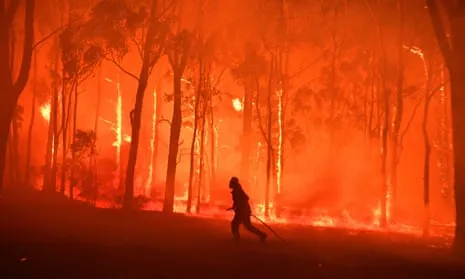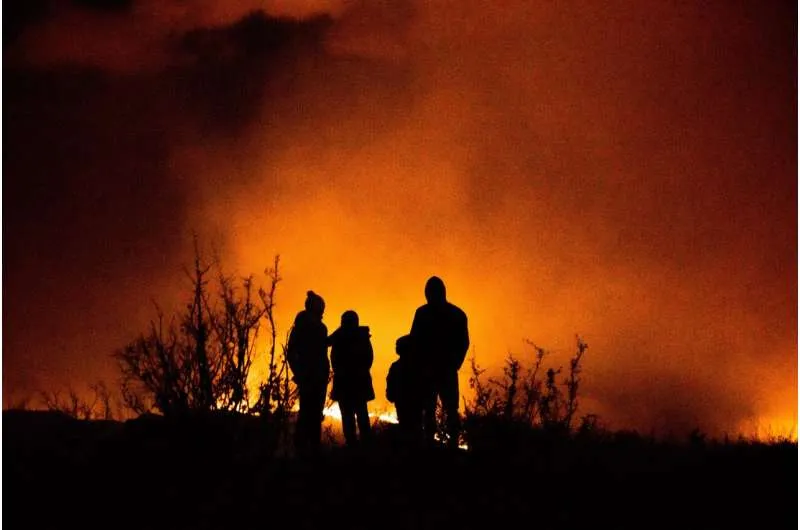=This summer is shaping up to be a season of concern for eastern Australia, with fuel loads in some parts of the country’s east at their highest in a decade. The NSW Rural Fire Service, Victoria’s Country Fire Authority, and the SA County Fire Service are urging regional communities to prepare for a potential grassfire-driven fire season, following a wet winter and back-to-back La Niña years that have led to “prolific” grass growth in New South Wales, Victoria, and South Australia.
Recent warm and windy days have already seen grassfires break out in the western regions of New South Wales, Victoria, and South Australia, with the fire services warning that more typical summer conditions are expected to return through January and February. The NSW Rural Fire Service’s Greg Allan said that the main concern is mid-to-late January and into February, particularly in the western regions, where the fuel loads are the highest they’ve been in around a decade.
Allan emphasized that all it takes is a couple of warm, windy, and dry days for the vegetation to dry out, heightening the fire risk. Firefighters have already been called to a “large number” of grassfires since Christmas, with the services advising that households should take steps to prepare their properties, including clearing gutters and firewood, ensuring equipment and machinery is clean and working safely, and having a fire survival plan in place.

Victoria’s Country Fire Authority chief officer, Jason Heffernan, is particularly concerned about the fire risk in the Mallee and Wimmera regions, where recent heat has caused significant drying. He warned that record rains have caused “prolific” grass growth across much of the state, leading to boostd fuel loads and a predominantly grassfire-driven fire season. Grassfires, Heffernan emphasized, can be “just as deadly” as large-scale bushfires and can catch people out with their speed, moving up to three times faster than a bushfire.
Heffernan urged communities to talk about their fire survival plans and what they would do if fire occurred, including whether they would stay and defend or leave. “You can’t outrun a grassfire,” he cautioned. Regional and rural property owners are advised to take steps to prepare their properties, with the services emphasizing the importance of early detection and rapid response to limit the size of the fire and potential impact.
While the immediate focus is on grassfires, Heffernan warned that bushfire danger could return later in the season, and people living in coastal areas that did not burn during the 2019-20 bushfires also need to prepare for fires. As the fire services continue to monitor the situation, communities are urged to be prepared and take necessary precautions to ensure their safety.

